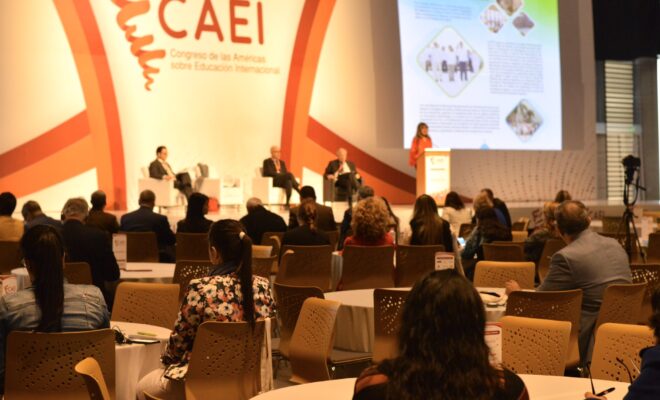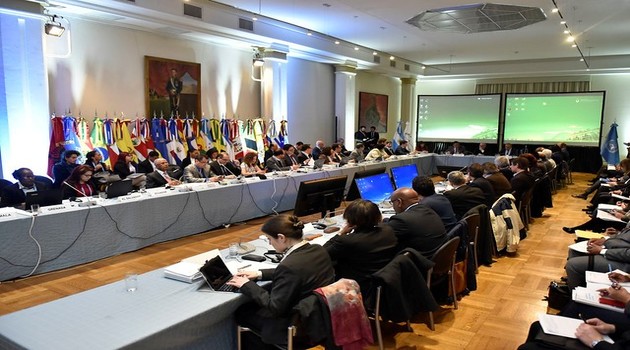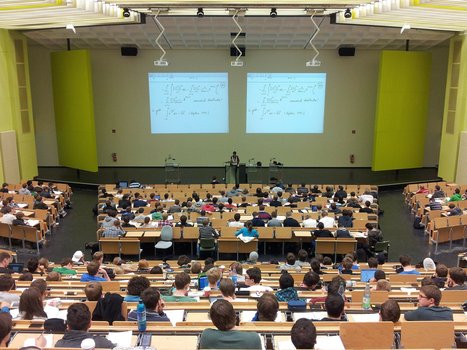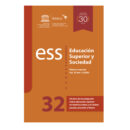IESALC report on academic mobility contributes to the construction of indicators
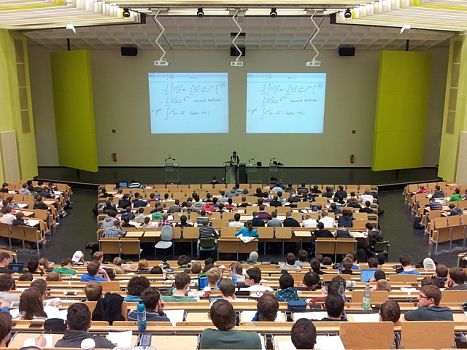

Within the framework of the IV Taller iberoamericano de Indicadores de la Educación Superior (IV Ibero-American Workshop of Indicators of Higher Education) organized by the Red Iberoamericana de Indicadores de Educación Superior-Red IndicES (Ibero-American Network of Indicators of Higher Education), on September 12 and 13, 2019, in Buenos Aires, Argentina, the International Institute of UNESCO for Higher Education in Latin America and the Caribbean (IESALC) presented the document Mobility in Higher Education in Latin America: challenges and opportunities of a renewed agreement for the recognition of studies, degrees and diplomas.
The director of IESALC, Francesc Pedró, began his presentation recognizing the importance of the work of the IndicES Network and its instrumental nature for all organizations, institutions and researchers who wish to have comprehensive and reliable data on the state of higher education in Latin America. Next, he revealed interesting figures on academic mobility in Latin America and the Caribbean (LAC): the international destinations preferred by Latin American and Caribbean students in 2017 were the United States and Europe by 54%, LAC by 38% and other destinations by 8%. In that same year, he said, 69% of foreign students in the Latin American and Caribbean region came from the same region, 19% came from other locations, and 12% came from Europe and the United States.

According to the IESALC document, the perceived quality differential, the economic evaluation of one’s financial capacity and opportunities, and the cultural and linguistic proximity are determining elements for academic mobility. These determinants give clues for the formulation of higher education (HE) policies in the region, and deserve to be considered in the design of future plans and policies.
The director of the IESALC said that, according to the data analyzed based on figures from the UNESCO Institute of Statistics, the region is not attractive for Latin American and Caribbean students. In the same region, students prefer to go to Argentina to study “the mobility in the region will only increase if it makes sense as a mechanism for regional integration and as fuel for academic networks”.
At the end of his presentation, Pedró announced the IESALC’s commitment to the IndicES Network for the development of more and better indicators focused on the quality and equity of regional higher education systems.
Download the presentation Mobility in higher education in Latin America and the Caribbean: challenges and opportunities for a renewed agreement.
The remaining presentations of the IV Ibero-American Workshop of Indicators of Higher Education are available on Red IndicES
RELATED ITEMS


